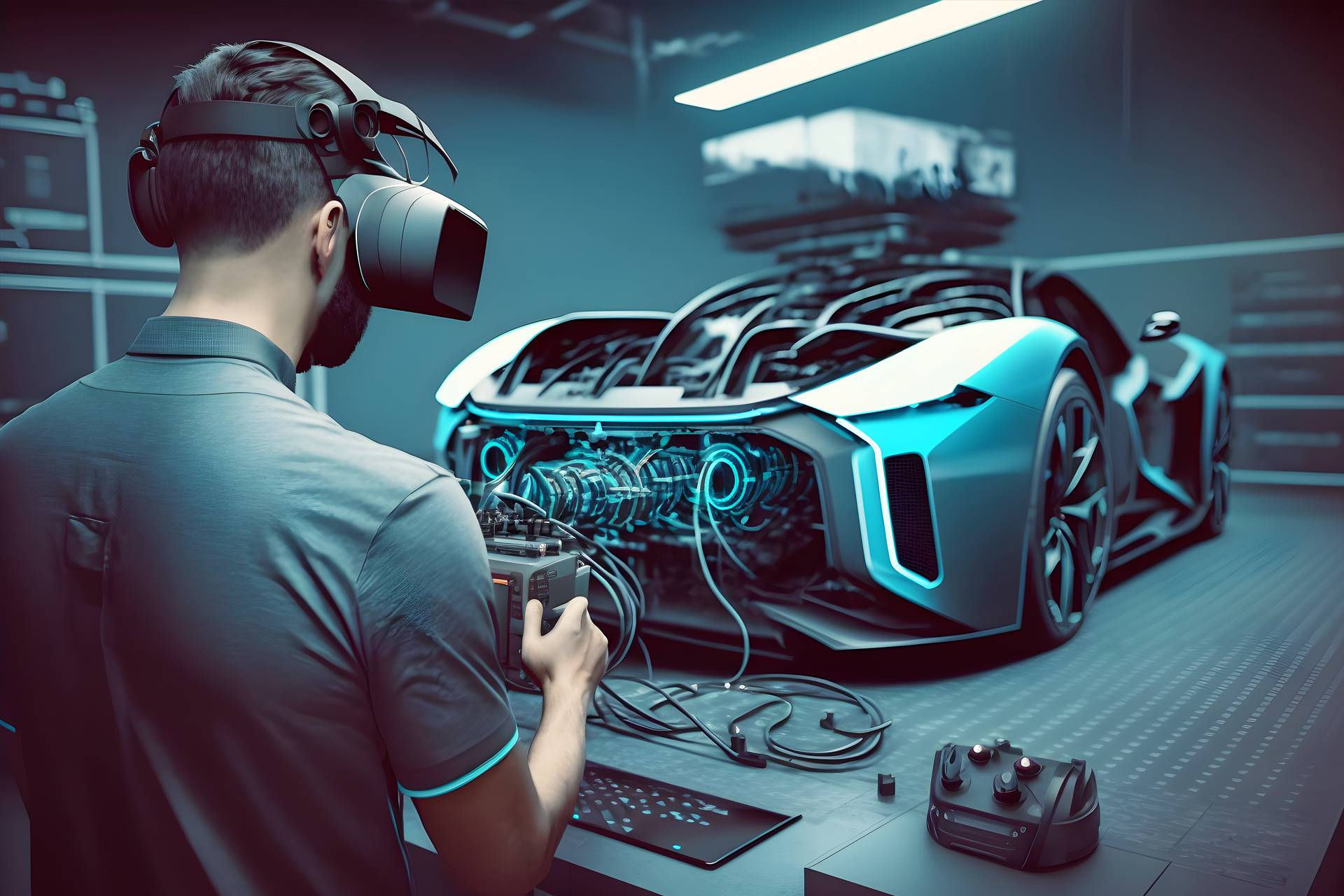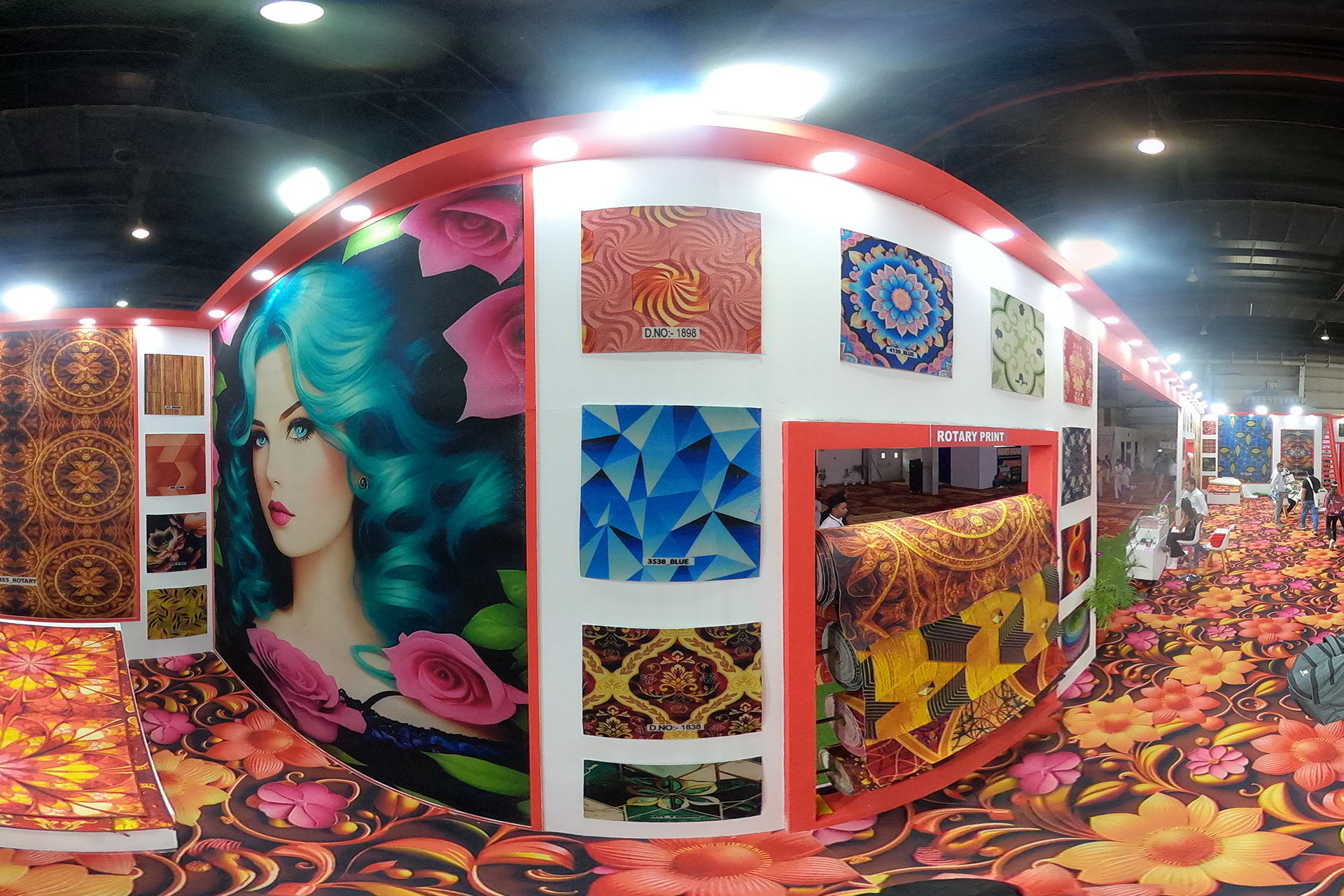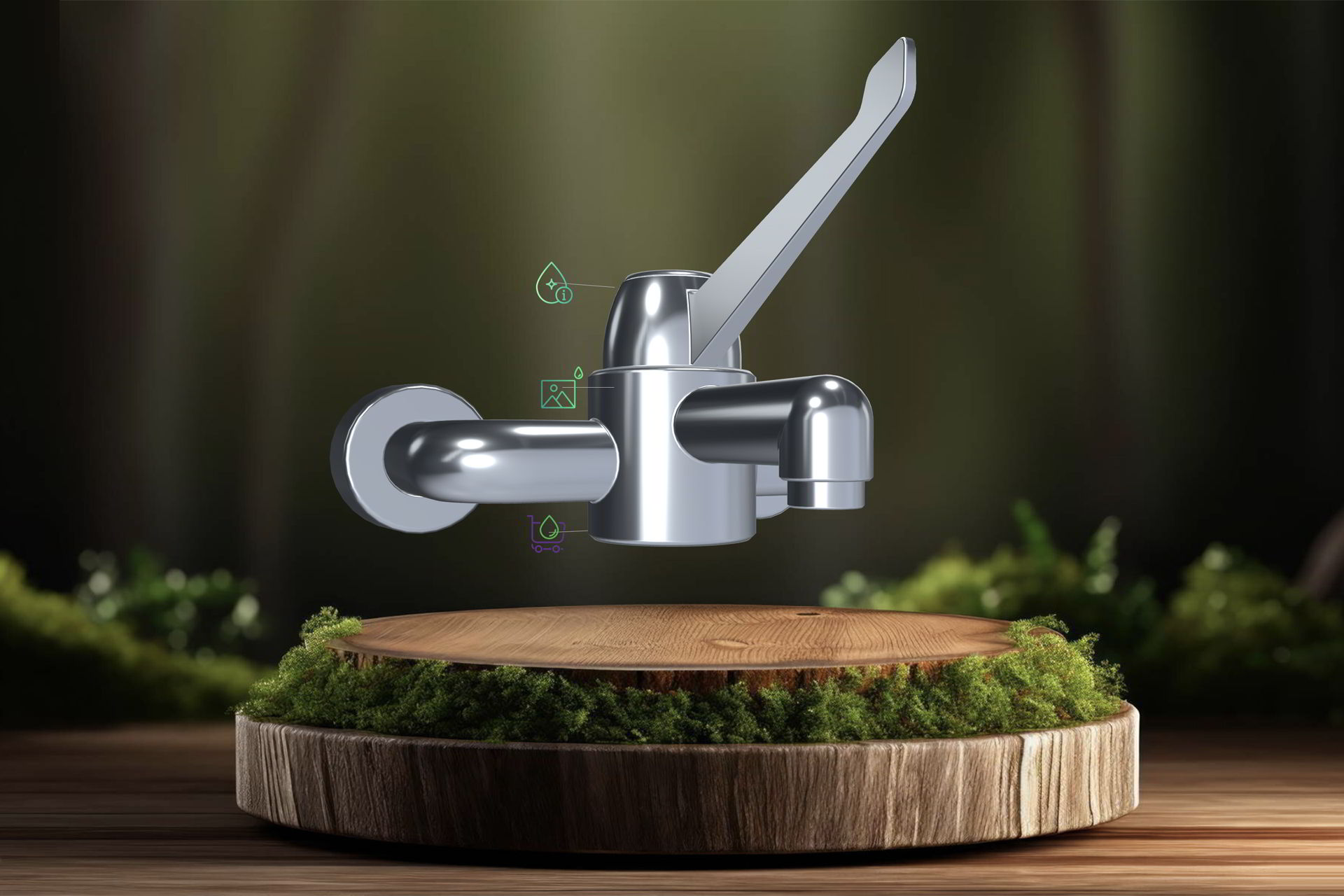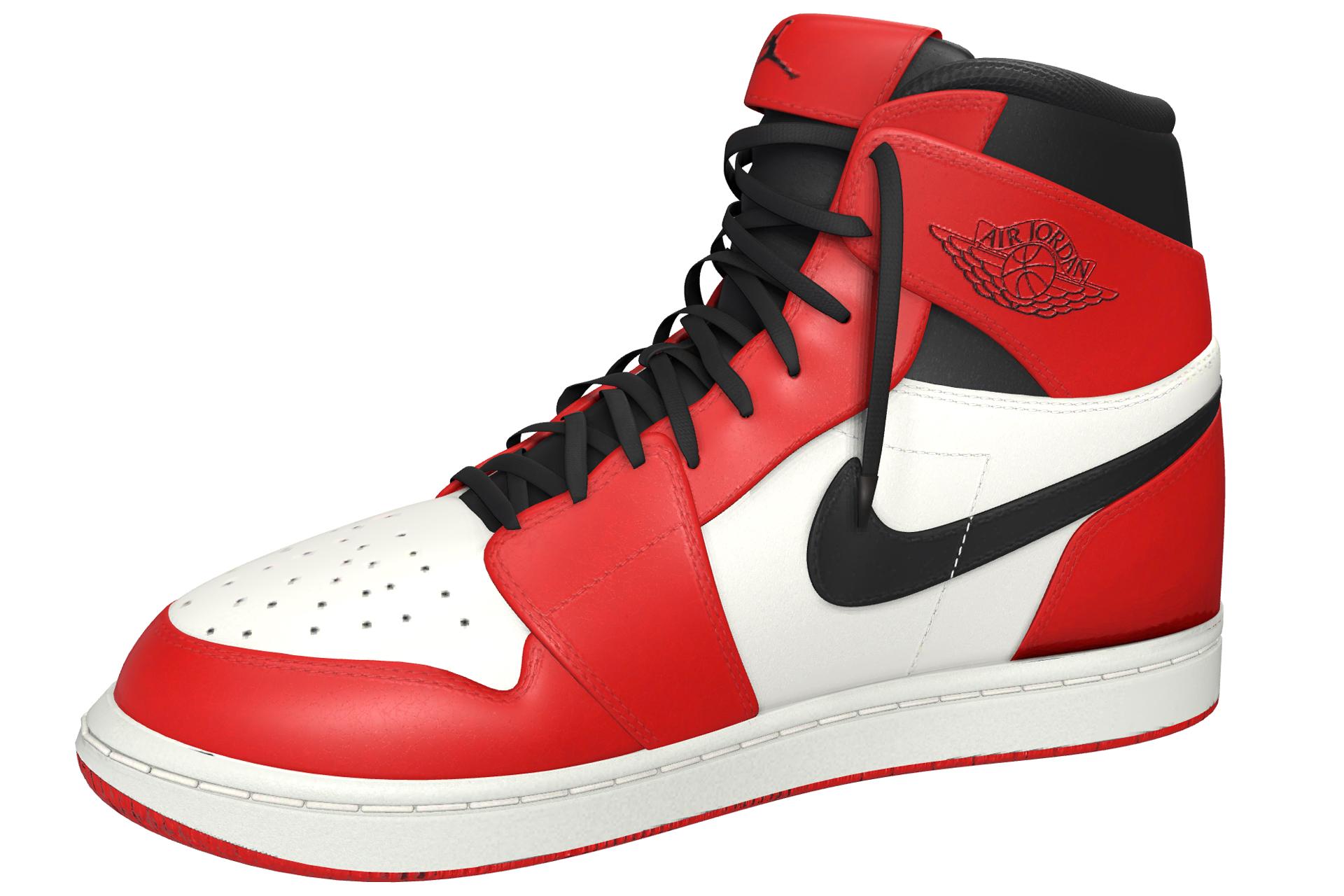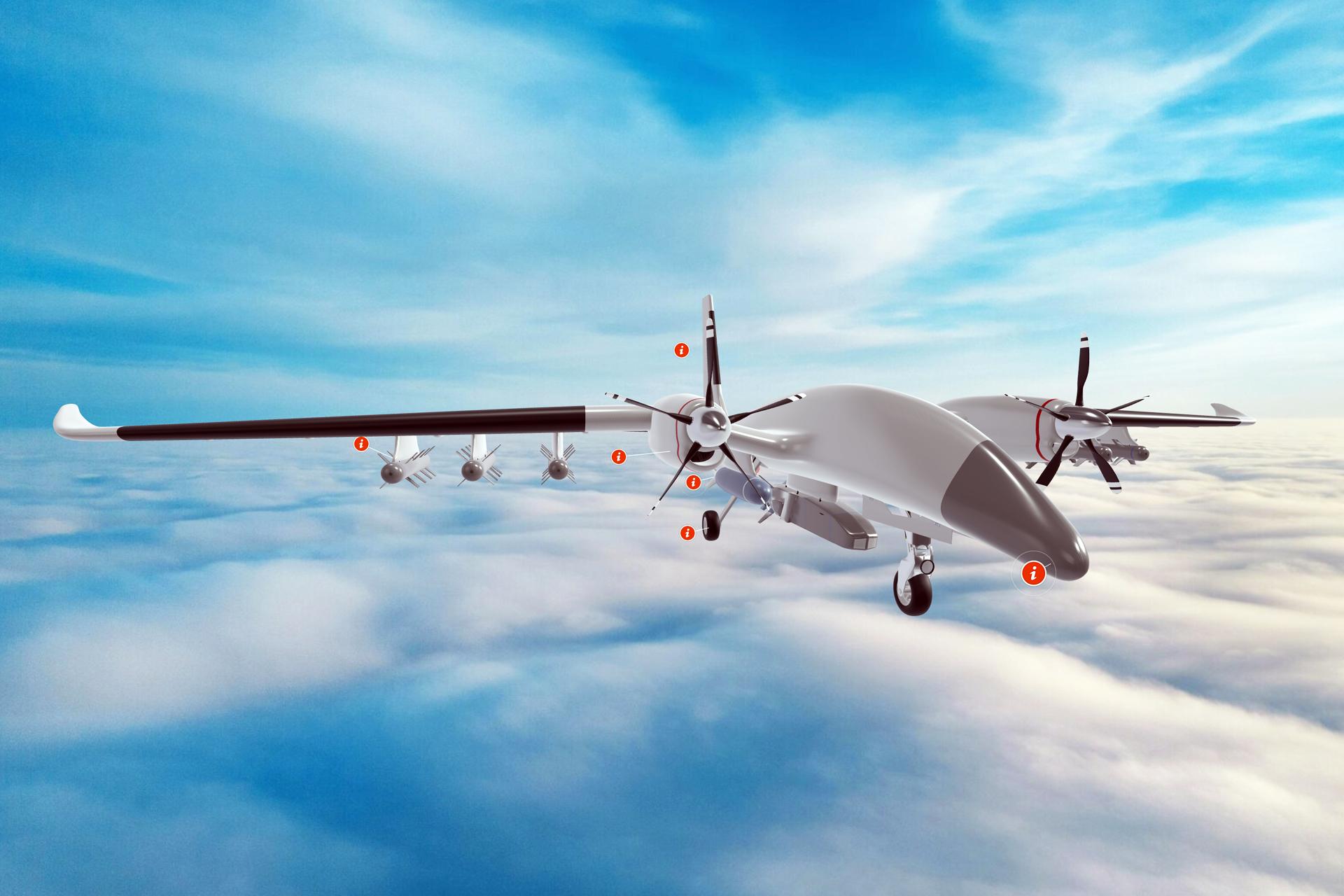Driving Innovation: Unveiling 20 Benefits of AR and VR in the Automotive Industry
In the fast-paced world of automotive technology, Augmented Reality (AR) and Virtual Reality (VR) are emerging as transformative forces, reshaping various aspects of the industry. From design and manufacturing to customer experience, these immersive technologies bring a myriad of benefits to the automotive landscape. Let's explore the 20 significant advantages that AR and VR offer in the automotive sector.
- Design Visualization and Prototyping:
AR and VR enable designers to visualize and prototype vehicles in three dimensions, streamlining the design process and reducing the need for physical prototypes. - Virtual Test Drives:
VR allows customers to experience virtual test drives, providing a realistic feel for a vehicle's performance and features without leaving the showroom. - Maintenance and Repair Guidance:
AR overlays repair instructions onto a vehicle, assisting technicians in performing maintenance tasks with precision and efficiency. - Enhanced Training for Technicians:
VR simulations provide realistic training scenarios for automotive technicians, improving their skills in diagnostics, repairs, and maintenance. - Virtual Showrooms:
AR and VR create virtual showrooms, allowing customers to explore different car models and configurations in an immersive digital environment. - Customization Visualization:
AR enables customers to visualize vehicle customizations in real-time, from paint colors to interior features, enhancing the purchasing experience. - Remote Assistance for Repairs:
AR facilitates remote assistance by allowing experts to guide technicians through repairs using real-time visual overlays. - Vehicle Safety Training:
VR simulations offer realistic vehicle safety training scenarios, helping drivers and technicians understand and address potential safety issues. - Improved Manufacturing Processes:
AR aids in manufacturing by providing assembly line workers with real-time information and visualizations, reducing errors and improving efficiency. - Collaborative Design Reviews:
VR allows teams to collaborate on design reviews, fostering communication and ensuring all stakeholders have a comprehensive understanding of the vehicle design. - Virtual Car Configurators:
AR and VR enhance car configurators, allowing customers to interact with virtual models and explore various options before making purchase decisions. - Streamlined Quality Control:
AR assists in quality control inspections by overlaying digital information onto physical vehicles, ensuring manufacturing meets high standards. - Enhanced Driver Training:
VR simulations provide realistic driver training scenarios, preparing individuals for various road conditions and emergency situations. - Inventory Management:
AR facilitates efficient inventory management by providing real-time information about the status and location of vehicles in storage. - Improved Ergonomics in Design:
VR allows designers to evaluate and optimize vehicle ergonomics, ensuring comfort and convenience for drivers and passengers. - Environmental Impact Assessment:
VR simulations aid in assessing the environmental impact of vehicle design and manufacturing processes, supporting sustainability initiatives. - Customer Education on Vehicle Features:
AR assists in educating customers about vehicle features by overlaying information about controls, safety features, and entertainment systems. - Supply Chain Visualization:
VR helps visualize and optimize the automotive supply chain, ensuring efficient logistics and reducing delays in production. - Enhanced Marketing and Advertising:
AR and VR create engaging marketing experiences, allowing customers to interact with virtual vehicles and experience brand storytelling. - Increased Safety Awareness:
VR simulations can be used to raise safety awareness among drivers, emphasizing the importance of responsible driving and adherence to safety guidelines.
Conclusion
As the automotive industry continues to evolve, the integration of Augmented Reality and Virtual Reality is proving to be a driving force of innovation.
The 20 benefits highlighted here underscore the transformative impact of AR and VR technologies on design, manufacturing, customer experience, and overall industry efficiency. The future of automotive technology is intricately linked with the immersive possibilities that AR and VR bring to the forefront, promising a world where vehicles are not just means of transportation but a seamless blend of cutting-edge technology and unparalleled user experiences.


